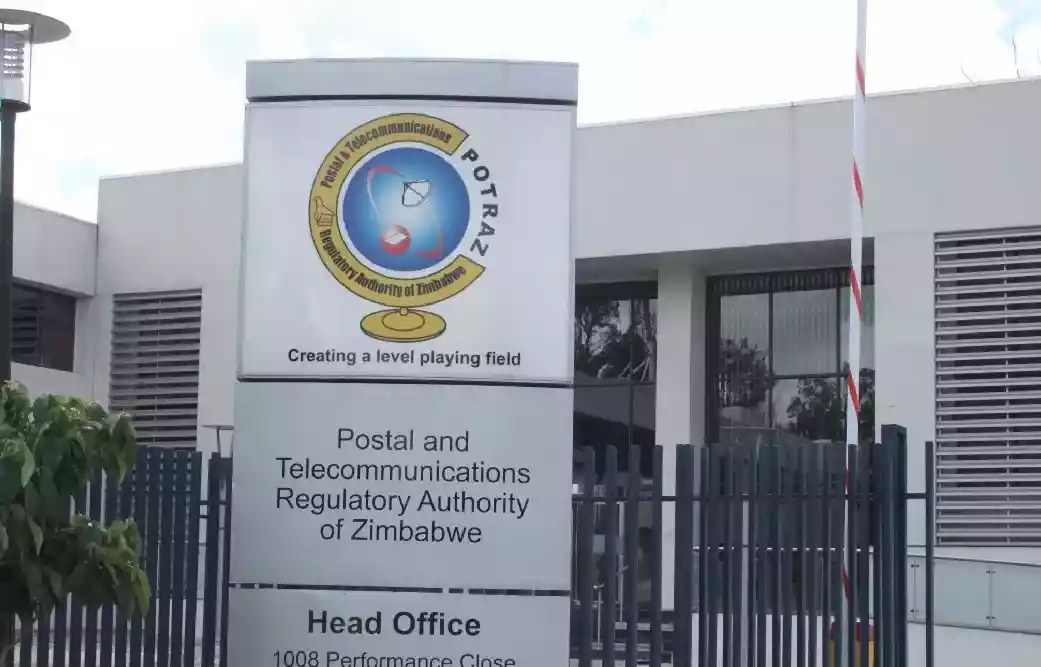
LAST week on Friday, the new Reserve Bank of Zimbabwe (RBZ) Governor, John Mushayavanhu unveiled the long-overdue and much-awaited 2024 Monetary Policy Statement (MPS).
The MPS comes at a time when the economy has been experiencing severe bouts of macroeconomic instability characterised by massive depreciation of the local currency and chronic high inflation.
For instance, the annual inflation rate rose from 34,8% in January 2024 to 47,6% in February and 55,3% in March 2024.
The increase in inflation is on account of both the volatile exchange rate developments and the unsustainable growth in money supply. The interbank rate has depreciated by 426% from ZW$4 192.4022:US$1 on January 2 to ZW$22 055.4738:US$1 by March 28.
Reserve money grew by 1,843.5% from ZW$104 billion in December 2022 to ZW$2,021.2 billion in December 2023, while broad money grew by 708,9% from ZW$2,338.23 billion in December 2022 to ZW$18,914.59 billion in December 2023.
Given the foregoing emergent challenges, the monetary policy framework seeks to address the current state of price and exchange rate instability in the economy.
The monetary policy stance is informed by two strategic policy pillars of restoring price and exchange rate stability, and re-monetising the local currency for it to serve its role as a medium of exchange and a store of value.
The policy also seeks to rebuild market confidence and trust, as well as the central bank policy credibility.
- ‘Inflation could shoot to 700% by April next year’
- New perspectives: Inflation control critical for economic growth
- Inflation spike: Why interest rates aren’t the answer
- Village Rhapsody: Govt must ensure that devolution works
Keep Reading
The recalibration of interest rate policy framework though a positive development could, however, result in the creation of arbitrage opportunities and thereby promote speculative borrowings, especially given the fact that annual average inflation for March at 55,3% is way above the 20% bank policy rate.
This effectively then makes real interest rates negative. The liberalisation of the foreign exchange market is also a very positive and welcome development, as well as the removal of bank charges on balances below US$100.
In many countries, the easing of foreign exchange regulations has helped to restore confidence and mobilise foreign exchange resources to finance the requirements of the domestic economy.
The major highlight of the MPS is the introduction of the structured currency, the ZiG.
The implications of a structured currency are that a central bank can only issue domestic notes and coins when fully backed by a foreign “reserve” currency or foreign exchange assets and that the currency is fully convertible into the reserve currency on demand.
The ZiG is anchored by a composite basket of foreign currency and precious metals (mainly gold) held as reserves for this purpose by the Reserve Bank of Zimbabwe.
With effect from April 5, the banking sector shall convert the current Zimbabwe dollar balances into the new currency, which shall be called Zimbabwe Gold (ZiG).
The value and sustainability of any currency is a function of confidence, inflation performance, and the quantum of reserves it has in its vaults.
Confidence is about economic agents trusting or having faith in a currency, as well as the institution managing the currency. Confidence is closely related to inflationary developments.
High inflation erodes the value of any currency, which causes economic agents to lose confidence in that currency resulting in currency substitution or dollarisation.
The chronic high inflation the country has been experiencing and has experienced in the past has resulted in a significant confidence deficit in the local currency, as well as a massive loss of value.
The chronic high inflation has largely been driven by the unsustainable growth in money supply and the consequent depreciation of the local currency.
Reserves on the other hand, support a country's currency by providing liquidity, stabilising the exchange rate, and maintaining confidence in the economy.
They provide policy space to maintain price and financial stability in the face of large exchange rate volatilities.
As of April 5, the RBZ has reserve assets of US$100 million in cash and 2,522 kgs of gold (US$185 million) to back the entire local currency component of reserve money, which currently stands at ZW$2,6 trillion requiring full (100%) cover of gold and cash reserves amounting to US$90 million.
The Southern African Development Community (Sadc) convergence criterion specifies import cover comprising up to six months of imports.
In 2023, total imports were US$8,5 billion implying average monthly imports of about US$710 million, which means that the country would require import cover of up US$4,3 billion to adequately anchor and sustain the ZiG.
The total reserves of US$285 million may, therefore, be grossly inadequate to support the ZiG.
To sustain the ZiG, the country must fully commit to fiscal and monetary discipline going forward. This will help in reducing the high inflation rate, thereby, contributing to the restoration of confidence in the local currency by economic agents.
The country also needs to boost its foreign reserves in line with the Sadc macroeconomic convergence target of up to six months of imports.
In line with observations from the International Monetary Fund (IMF) Staff following the completion of the Article IV Mission to Zimbabwe in February 2024, there is an urgent need to amend the RBZ Act to narrow its legal mandate to core functions and also to ensure that it is more independent.
The risks of political interference in the central bank's decision-making and it being forced to lend to the government remain high following events of the past.
An IMF study, looking at dozens of central banks from 2007 to 2021, shows that those with strong independence scores were more successful in keeping people’s inflation expectations in check, which helps keep inflation low.
Greater central bank independence is associated with lower inflation. Maintaining fiscal and monetary discipline may prove a tall order this year owing to the unanticipated drought mitigation interventions, which will cause an increase in fiscal spending.
Ultimately, the currency crisis the country has been experiencing is symptomatic of structural and institutional challenges deeply embedded in the country.
Sustainably addressing these challenges requires comprehensive and inclusive approach anchored on social dialogue. Moreover, the high levels of informality present a significant challenge, as it weakens the effectiveness of macroeconomic policies including the monetary policy.
Zimbabwe has one of the highest levels of informality. The MPS also comes at a time when the President has recently declared the El Niño-induced drought a State of National Disaster with the country requiring more than US$2 billion for drought mitigation.
The drought will adversely affect both macroeconomic stability and socio-economic developments for this year.
- Dr Chitambara is a development economist, who is based in Harare. These weekly New Perspectives articles, published in the Zimbabwe Independent, are coordinated by Lovemore Kadenge, an independent consultant, managing consultant of Zawale Consultants (Pvt) Ltd, past president of the Zimbabwe Economics Society and past president of the Chartered Governance & Accountancy Institute in Zimbabwe. — [email protected] or +263 772 382 852.











